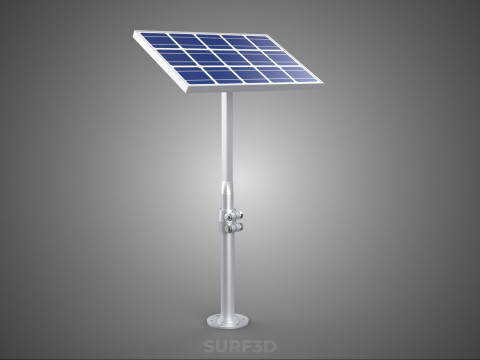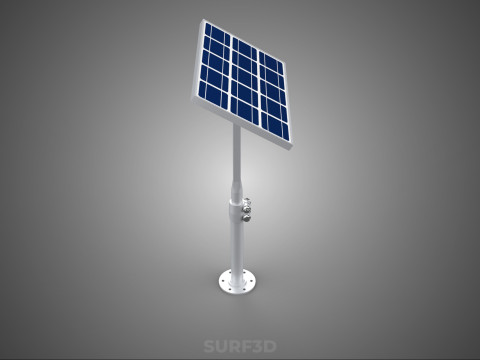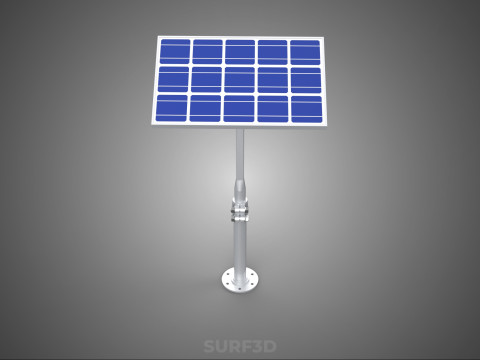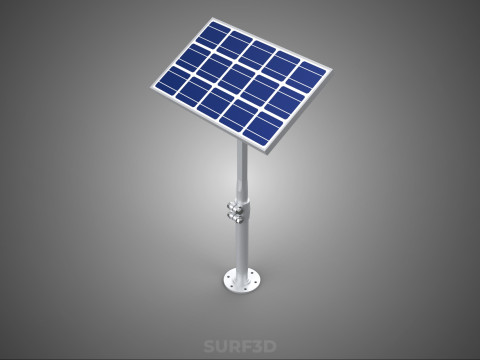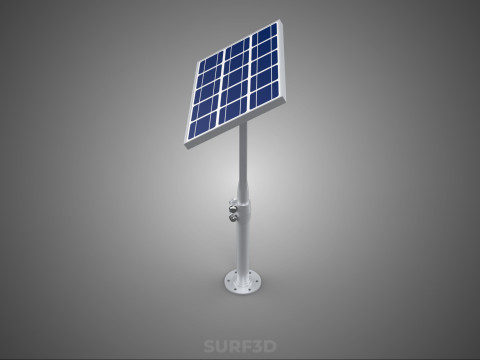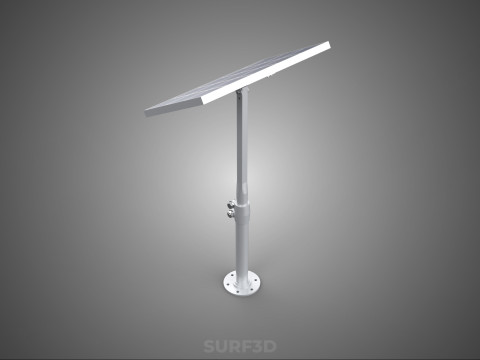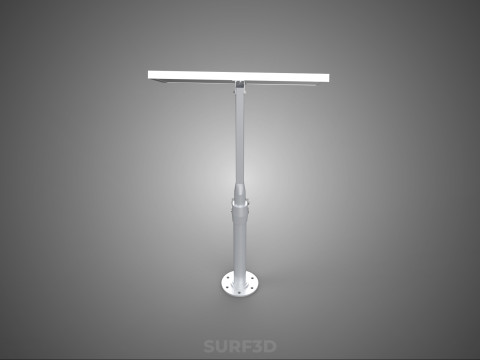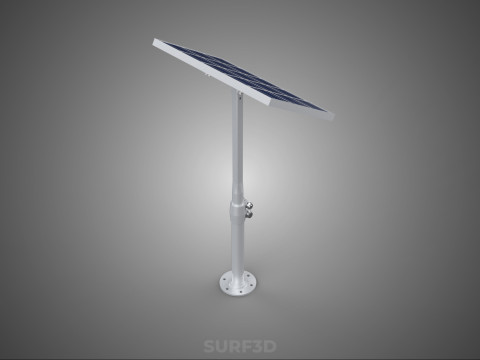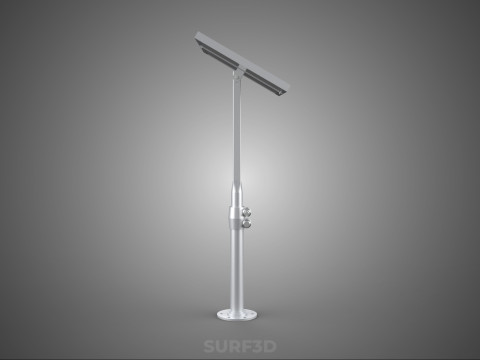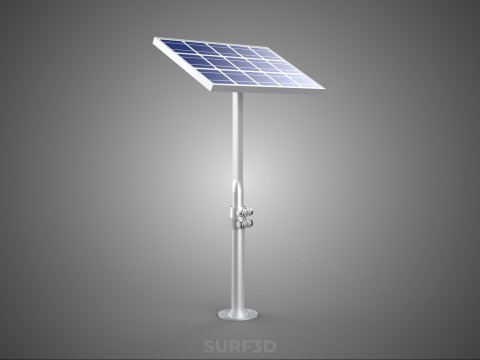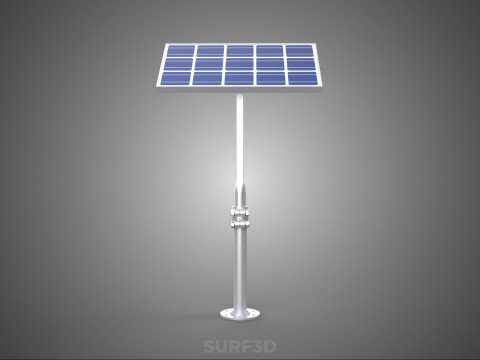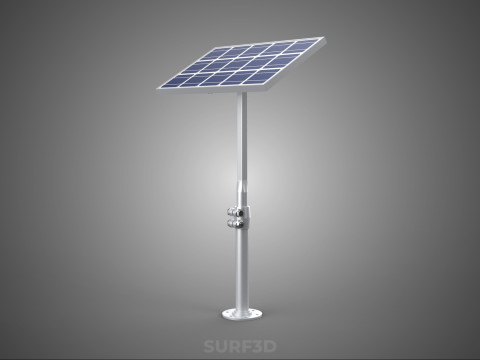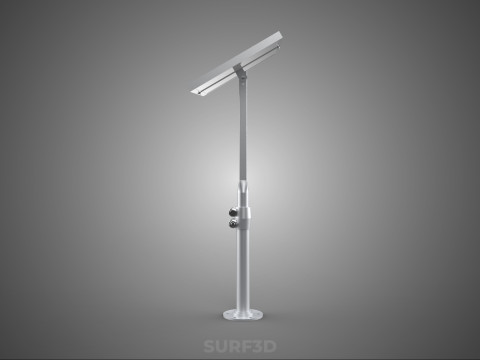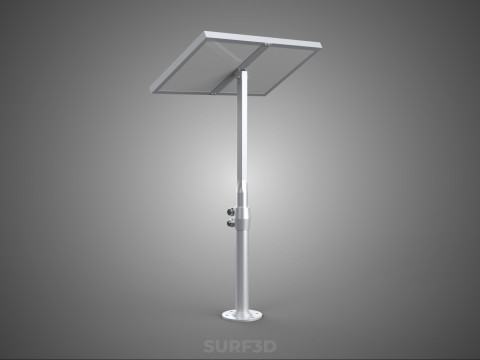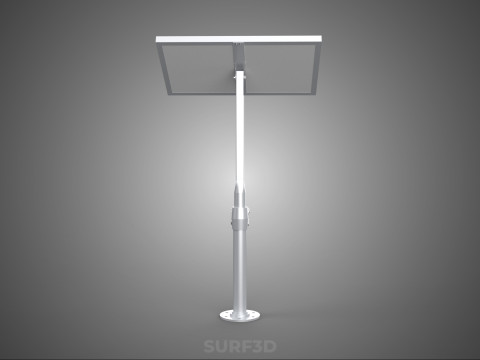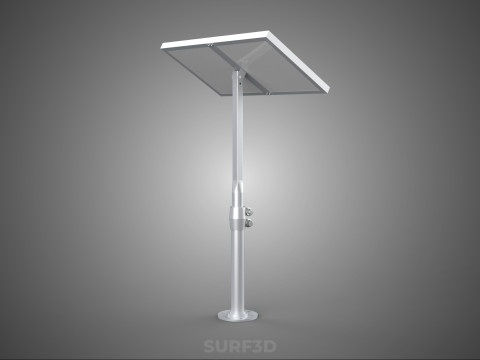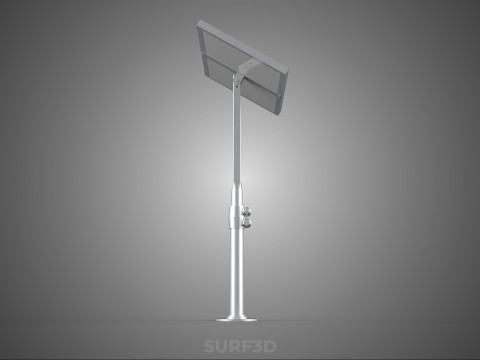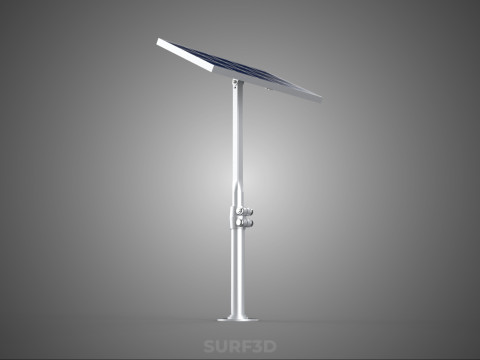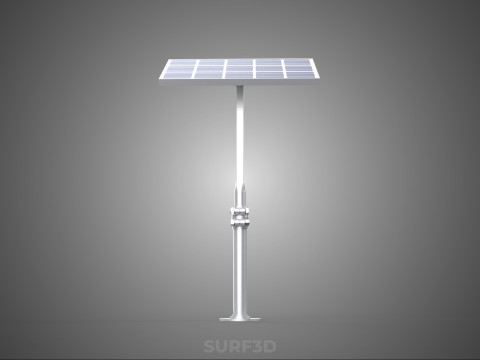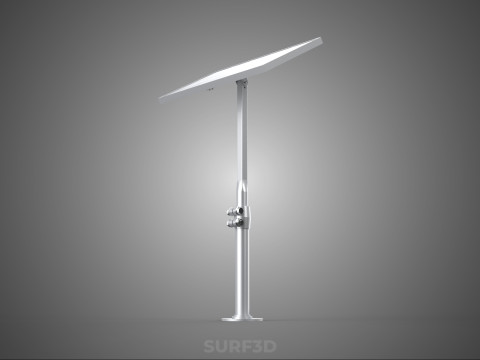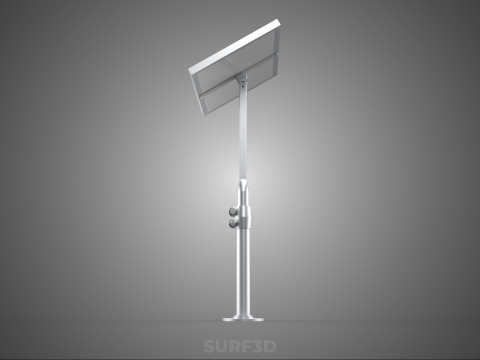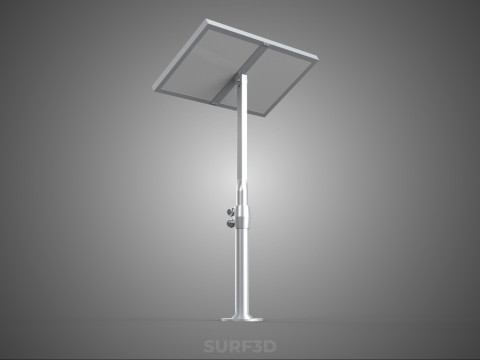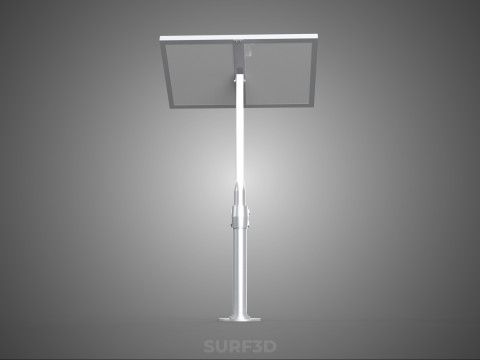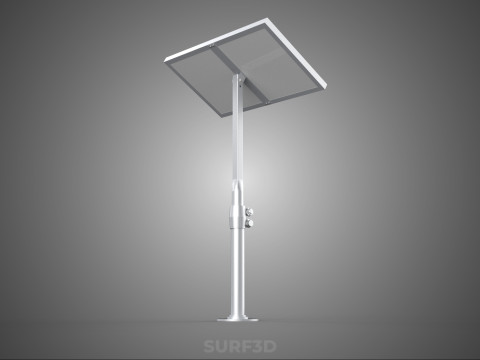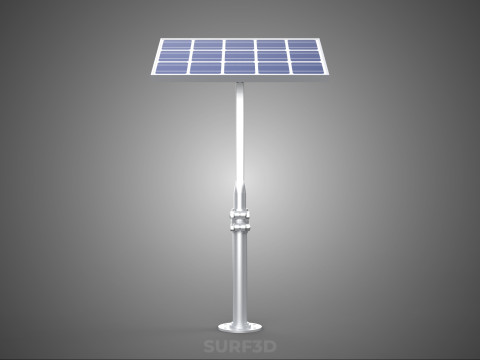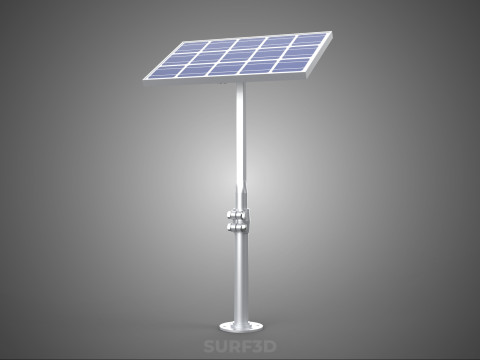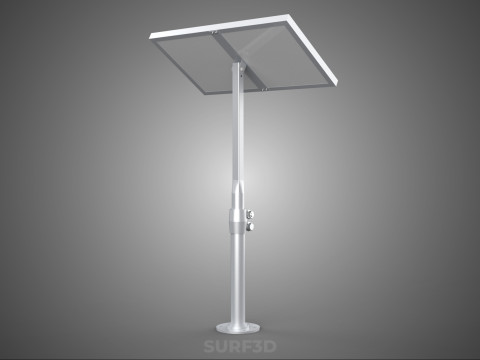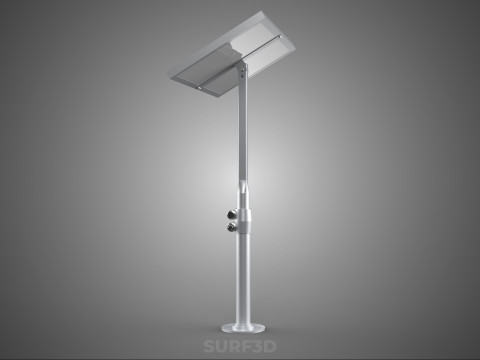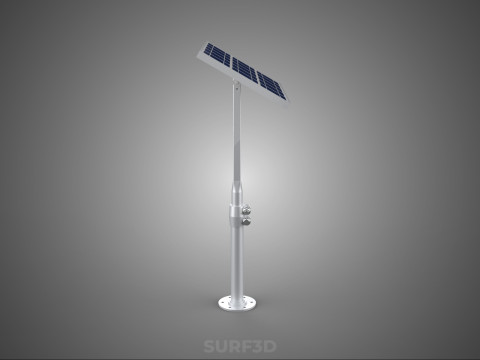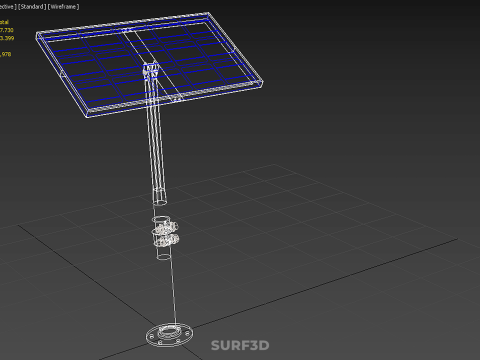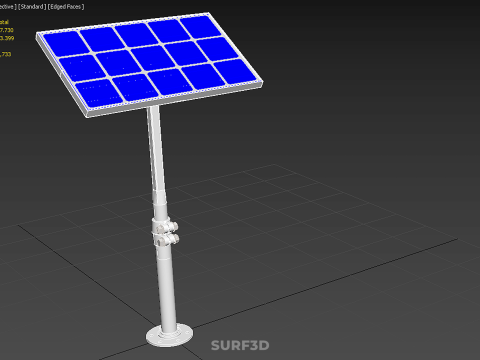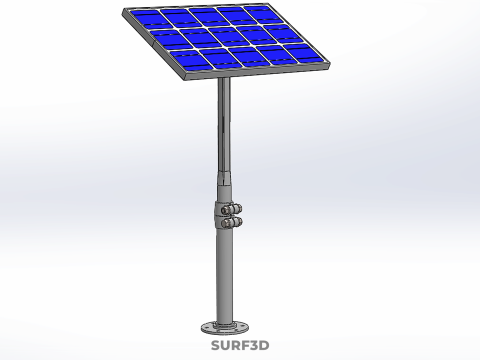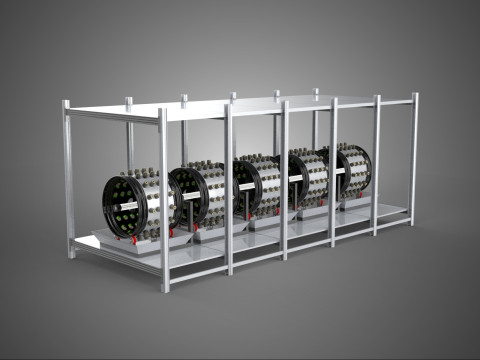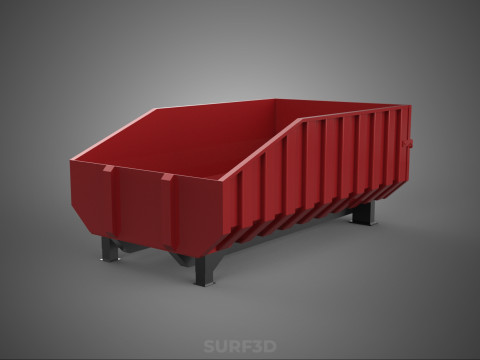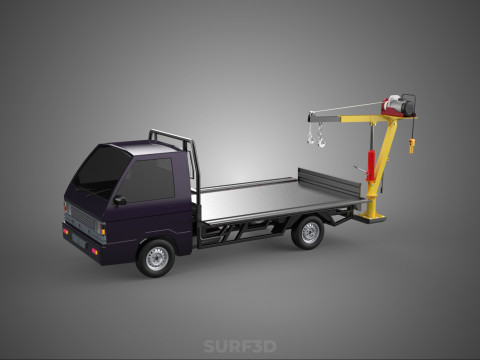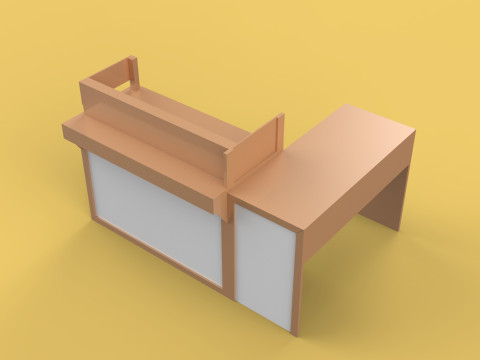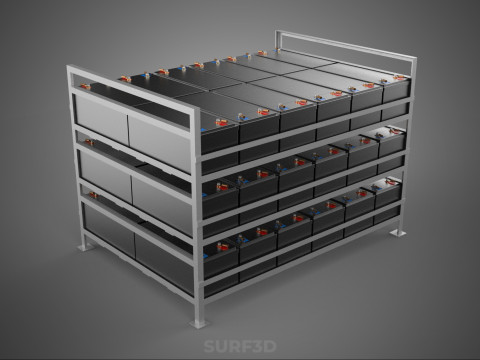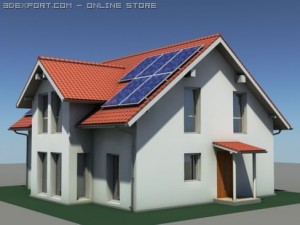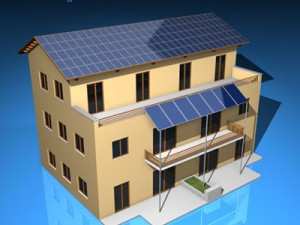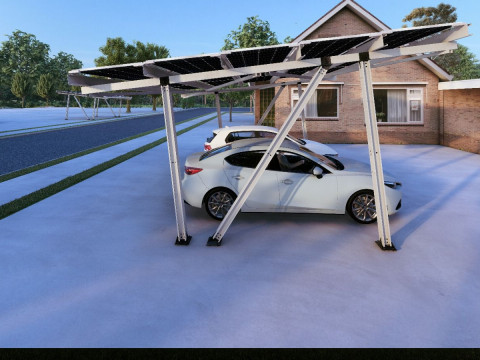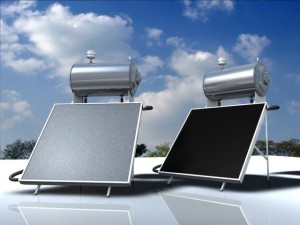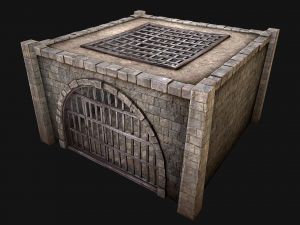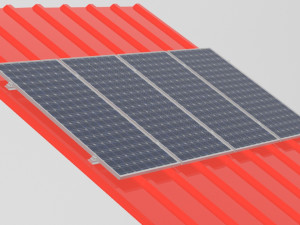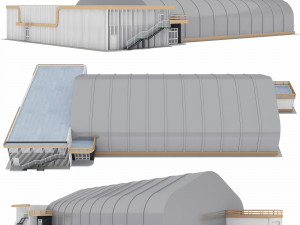STAND MOUNTED FRAME POLE SOLAR CELL PANEL PV MODULE PHOTOVOLTAIC 3D मॉडल
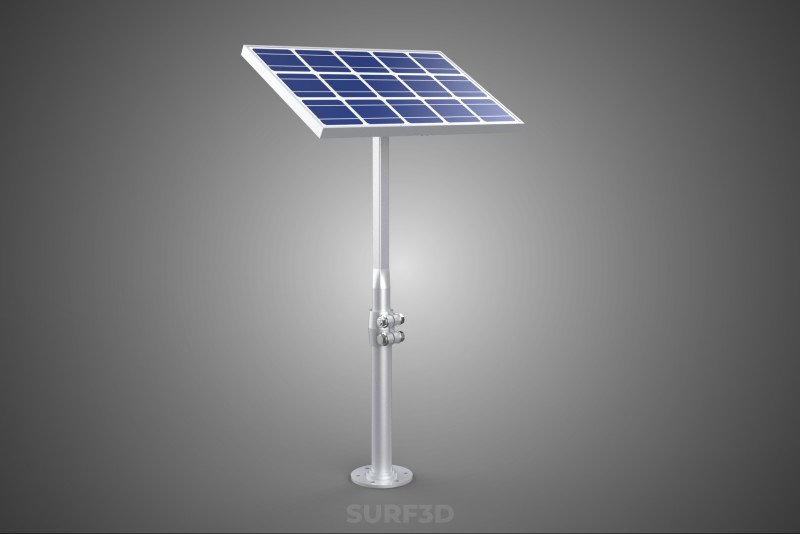
- उपलब्ध फ़ॉर्मेट्स: Rhinoceros (.3dm) 1.24 MB3D Studio (.3ds) 200.79 kbBlender3D (.blend) 588.43 kbCollada (.dae) 461.00 kbAutodesk AutoCAD (.dwg) 605.01 kbAutodesk FBX (.fbx) 652.51 kbGLB (.glb / .gltf) 263.94 kbIGES (.iges) 351.35 kbAutodesk 3DS MAX (.max) 961.44 kbWavefront OBJ (.obj) 369.63 kbACIS(.sat) 457.18 kbSketchUp (.skp) 452.08 kbSTEP (.step) 307.28 kbStereolithography (.stl) 380.90 kb
- बहुभुज:27730
- वर्टिसिस:23399
- एनिमेटेड:No
- टेक्सचर:No
- रिग्ड:No
- सामग्रियां:
- लो-पॉली:No
- कलेक्शन:No
- UVW मैपिंग:No
- इस्तेमाल किए गए प्लगइन्स:No
- प्रिंट के लिए तैयार:No
- 3D स्कैन:No
- एडल्ट कंटेन्ट:No
- PBR:No
- एआई प्रशिक्षण:No
- ज्यामिति:Poly NURBS
- खुला हुआ UVs:Unknown
- व्यूस:365
- तिथि: 2025-08-31
- आइटम ID:595972
High-quality 3D assets at affordable prices — trusted by designers, engineers, and creators worldwide. Made with care to be versatile, accessible, and ready for your pipeline.
Included File Formats
This model is provided in 14 widely supported formats, ensuring maximum compatibility:
• - FBX (.fbx) – Standard format for most 3D software and pipelines
• - OBJ + MTL (.obj, .mtl) – Wavefront format, widely used and compatible
• - STL (.stl) – Exported mesh geometry; may be suitable for 3D printing with adjustments
• - STEP (.step, .stp) – CAD format using NURBS surfaces
• - IGES (.iges, .igs) – Common format for CAD/CAM and engineering workflows (NURBS)
• - SAT (.sat) – ACIS solid model format (NURBS)
• - DAE (.dae) – Collada format for 3D applications and animations
• - glTF (.glb) – Modern, lightweight format for web, AR, and real-time engines
• - 3DS (.3ds) – Legacy format with broad software support
• - 3ds Max (.max) – Provided for 3ds Max users
• - Blender (.blend) – Provided for Blender users
• - SketchUp (.skp) – Compatible with all SketchUp versions
• - AutoCAD (.dwg) – Suitable for technical and architectural workflows
• - Rhino (.3dm) – Provided for Rhino users
Model Info
• - All files are checked and ****ed for integrity and correct content
• - Geometry uses real-world scale; model resolution varies depending on the product (high or low poly)
• • - Scene setup and mesh structure may vary depending on model complexity
• - Rendered using Luxion KeyShot
• - Affordable price with professional detailing
Buy with confidence. Quality and compatibility guaranteed.
If you have any questions about the file formats, feel free to send us a message — we're happy to assist you!
Sincerely,
SURF3D
Trusted source for professional and affordable 3D models.
More Information About 3D Model :
A "Stand Mounted Frame Pole Solar Cell Panel PV Module Photovoltaic" system constitutes a comprehensive assembly engineered for the conversion of solar radiation into electrical energy, distinguished by its specific, elevated structural support configuration. This designation refers to a photovoltaic (PV) module, an integrated unit of solar cells, enveloped within a protective frame, which is subsequently secured to a stand and elevated by a pole-based mounting structure. Such systems are designed for ground-level or elevated installation, offering significant flexibility in placement and optimization of solar energy capture compared to building-integrated or roof-mounted alternatives.
**Core Components and Operational Principles:**
1. **Photovoltaic (PV) Module (Solar Panel):** The foundational element of the system, a PV module, or solar panel, comprises multiple individual solar cells. These cells, typically manufactured from semiconductor materials like crystalline silicon (either monocrystalline or polycrystalline), are electrically interconnected. They are encapsulated ***ween layers of durable polymer (e.g., ethylene-vinyl acetate or EVA) and safeguarded by a robust top layer (commonly tempered glass) and a weather-resistant backsheet. The module's primary function is to leverage the photovoltaic effect, a process where photons from sunlight strike the semiconductor material, dislodging electrons and generating a direct current (DC) electricity flow.
2. **Module Frame:** An integral component, the frame encircles the encapsulated solar cells, typically fabricated from anodized aluminum. Its critical functions include:
* **Structural Protection:** Providing mechanical rigidity and safeguarding the internal components from physical impact, environmental stressors, and moisture ingress.
* **Mounting Interface:** Serving as the attachment point for the module to the support structure, ensuring secure and stable integration.
* **Thermal Management:** Facilitating heat dissipation, which is vital for maintaining optimal PV module efficiency.
3. **Pole Mounting Structure:** The pole serves as the primary vertical support element, elevating the PV module above ground level. Poles are generally constructed from materials such as galvanized steel, aluminum, or reinforced composites, selected for their structural strength, corrosion resistance, and longevity. Elevation by a pole mitigates ground-level shading from vegetation or structures, reduces the accumulation of dust and snow, and can act as a deterrent against vandalism. Pole mounts can vary from single-pole designs supporting one or more modules to multi-pole arrays accommodating larger solar installations.
4. **Stand Mounting System:** The stand refers to the horizontal or angled framework that connects the framed PV module to the vertical pole. This typically includes adjustable brackets, clamps, and rails that permit precise angular positioning of the module. Stand mounts are pivotal for:
* **Tilt Angle Optimization:** Adjusting the module's inclination (tilt angle relative to the horizontal plane) to maximize incident solar radiation throughout the year, accounting for seasonal variations in the sun's path.
* **Azimuthal Orientation:** Orienting the module to face the optimal direction (e.g., true south in the Northern Hemisphere or true north in the Southern Hemisphere) to maximize daily energy harvest.
* **System Stability:** Distributing the module's weight and providing resistance against ***d loads and other environmental forces.
**Advantages and Applications:**
Stand-mounted pole systems offer substantial advantages, particularly where site flexibility and optimized energy capture are paramount. Their inherent modularity allows for deployment in diverse geographical and topographical conditions, including remote locations where access to conventional electrical grids is either non-existent or economically unviable. The capability to precisely adjust both tilt and azimuth angles ensures the PV module consistently captures maximum available solar insolation, leading to superior energy yields compared to fixed, sub-optimally oriented systems. Elevation further enhances system performance by reducing ground-level obstructions and facilitating easier maintenance access.
These systems are extensively utilized across numerous applications:
* **Off-grid Power Solutions:** Supplying electricity to remote residences, telecommunications infrastructure, meteorological stations, and monitoring equipment.
* **Public Infrastructure:** Powering standalone LED streetlights, traffic signals, informational signage, and surveillance cameras in areas without grid access.
* **Agricultural and Industrial Use:** Driving DC or AC water pumps for irrigation, livestock watering, or providing power to remote industrial equipment.
* **Educational and Research Facilities:** Serving as demonstrational units for renewable energy technologies and for academic study.
* **Backup Power:** Providing essential power for critical loads during grid outages.
**Maintenance:**
Routine maintenance primarily involves periodic cleaning of the PV module surfaces to remove debris such as dust, dirt, leaves, and bird droppings, which can diminish efficiency. Regular inspections of the structural integrity of the frame, pole, and stand, as well as verification of electrical connections and wiring, are crucial to ensure long-term operational reliability and safety.
In essence, a "Stand Mounted Frame Pole Solar Cell Panel PV Module Photovoltaic" system represents a robust, adaptable, and efficient solution for solar electricity generation, distinguished by its particular mounting configuration that facilitates optimal energy capture and suitability for a wide array of autonomous and grid-**** applications.
अगर आपको किसी अलग फ़ॉर्मेट की जरूरत है, तो कृपया हमें कन्वर्शन अनुरोध भेजें। हम 3D मॉडल को इसमें कन्वर्ट कर सकते हैं: .stl, .c4d, .obj, .fbx, .ma/.mb, .3ds, .3dm, .dxf/.dwg, .max. .blend, .skp, .glb. हम 3D दृश्यों को कन्वर्ट नहीं करते हैं और .step, .uges, .stp, .sldprt जैसे प्रारूप।!


 English
English Español
Español Deutsch
Deutsch 日本語
日本語 Polska
Polska Français
Français 中國
中國 한국의
한국의 Українська
Українська Italiano
Italiano Nederlands
Nederlands Türkçe
Türkçe Português
Português Bahasa Indonesia
Bahasa Indonesia Русский
Русский हिंदी
हिंदी